Walt Gosden Article: A Vanderbilt Locomobile
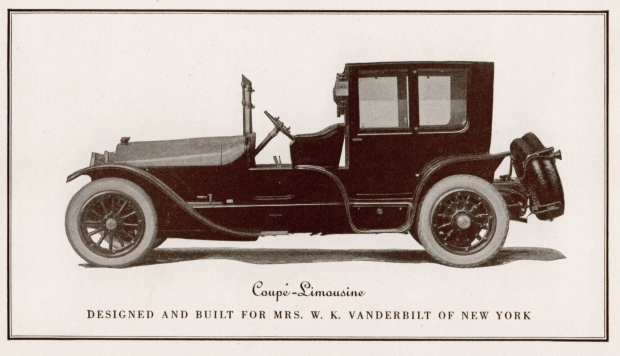
Automotive historian Walt Gosden has discovered a 1918 designed and built for "Mrs. W.K. Vanderbilt."
Enjoy,
Howard Kroplick
Mrs. W.K. Vanderbilt
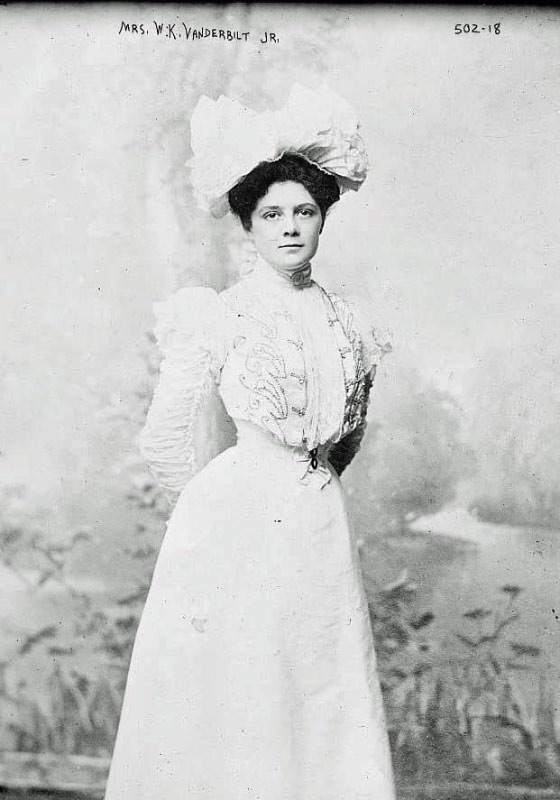
Virginia "Birdie" Graham Fair Vanderbilt was married to William K. Vanderbilt, Jr from 1898 to 1927. Willie K. and Birdie separated in 1909 and did not divorce until 18 years later. As seen in this photo, during this time, she referred to herself as Mrs. W. K. Vanderbilt.
In the below article, my friend and automotive historian Walt Gosden documented a 1918 Locomobile owned by Willie K's first wife.
A Vanderbilt Locomobile by Walt Gosden
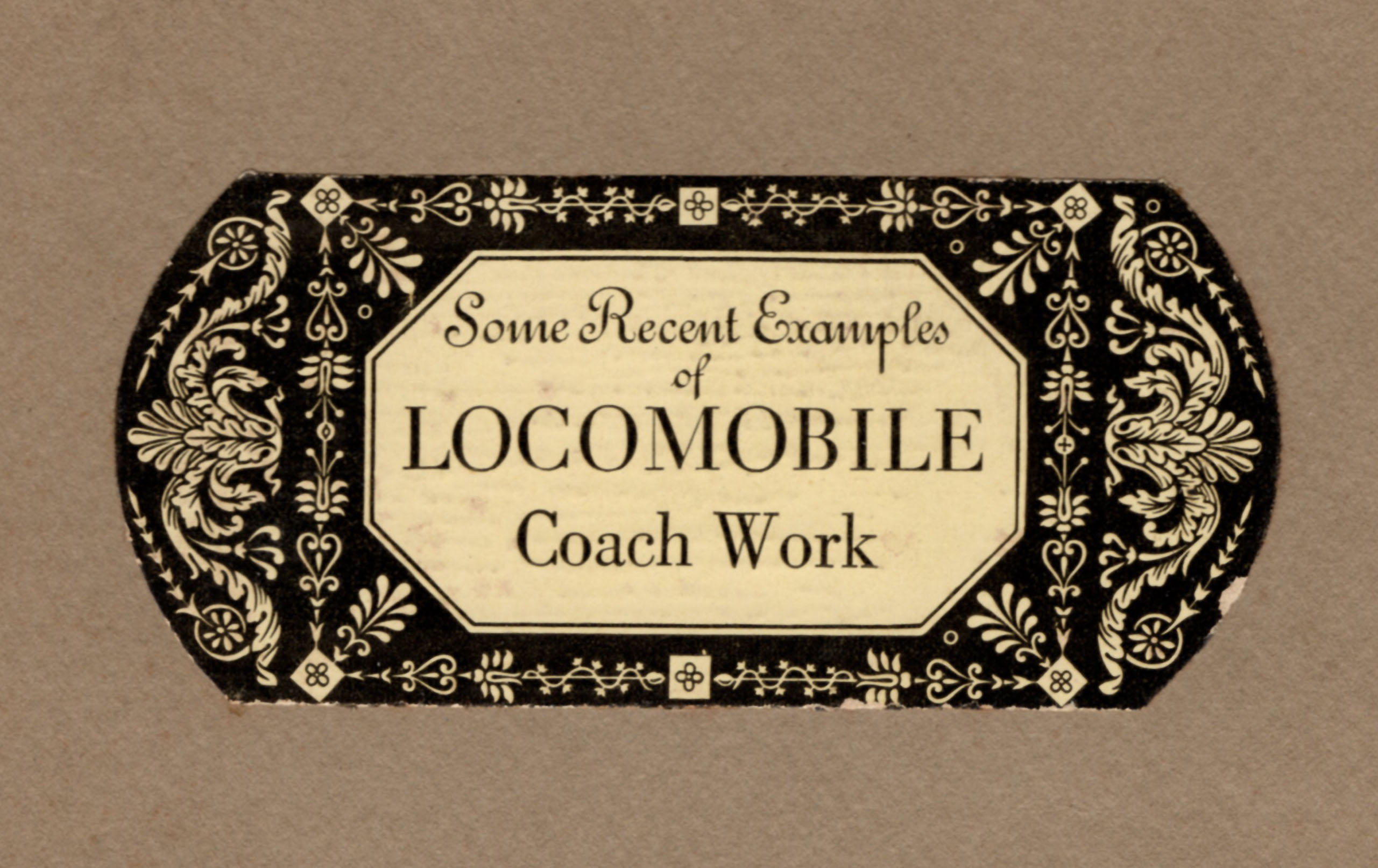
When the name Vanderbilt is mentioned and the automobile Locomobile the thought that usually comes to mind is a car that one a race in 1908 being driven by George Robertson.
The Locomobile was a premier luxury car built in Bridgeport, Ct. from 1900 to 1929 with a brief stay in Watertown, Mass. for one year prior to 1900.
While doing research for a major story on the marque during the 1914-1929 era and their custom-built coach work (i.e., bodies) I discovered in a sales portfolio issued by the company ca. 1918 by its Custom Department designed and built for "Mrs. W.K. Vanderbilt of New York." A formal, yet fashionable and sporty "coupe- limousine” (pronounced coo pay limo zeene).
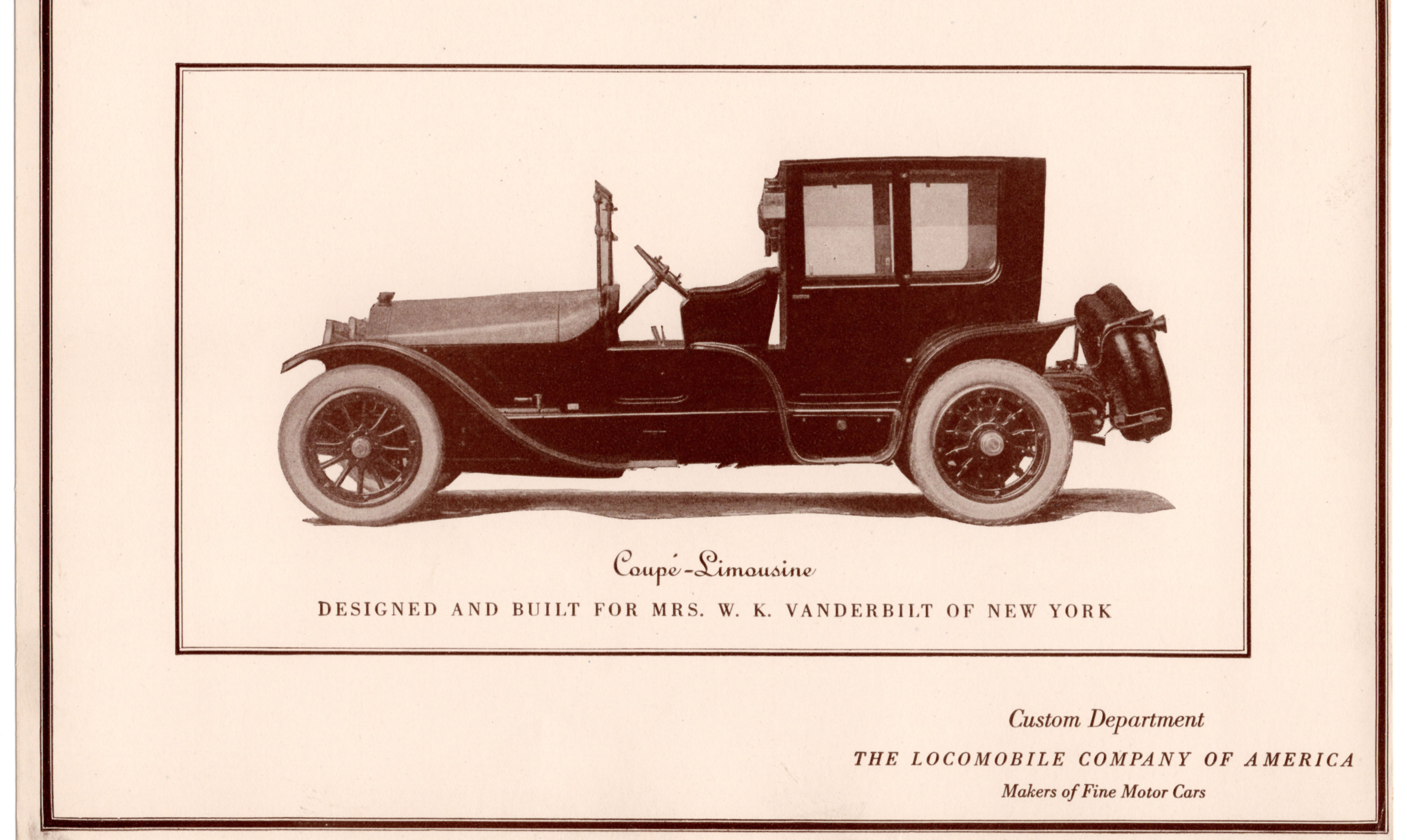
The car is shown here - note the number of fenders! This is now referred to as a '6 fendered car', the two front, two rear, and a short fender that sits at the rear of the front door opening and ends before the front of the rear door. This style was very popular and fashionable in the 1910-1920 era on luxury cars with formal body styles. The style was very much influenced by a similar application to horse drawn formal carriages.
The coupe-limousine title refers to the small, enclosed seating area for the passengers behind the chauffeur who sat in the open! In this car especially the chauffeur had no weather protection. The car with this body would be used in warmer weather only. Most likely the body would be removed, and an enclosed body fitted for use in the winter months. This was not an unusual application for the wealthy who owned motor cars in the 1912-1925 era The car would have two bodies that would be exchanged as the seasons changed. When one body was not in use, it would be refurbished to make it look neat and like new before being refitted. Most bodies were made of wood and as years progressed the larger exterior panels were fitted with metal where prior they were wood panels as were the carriages that were in use in earlier decades.
The coach lights on the "B" pillars were lit by electricity just as the headlamps and single taillight on the two rear mounted spare tires was. It was a light only, not a signal light. Signals as to the direction you wanted to turn were all done by hand gesture.
The Locomobile Company in the sales portfolio that the plate here is from shows many significant automobiles of assorted body types and lists who the car was built for but does not mention the body designer/builder. Many socially prominent people are listed as owners. The Locomobile was not a car built or sold to regular working-class individuals, it was for the "upper crust”. The cost of the Locomobile when new would easily buy several decent houses.
The Locomobile that Mrs. Vanderbilt bought was most likely ordered from the New York City Locomobile dealership that was located just a few blocks west of Columbus Circle at the SW corner of Central Park. This was Hare's Motors - owned by E.S. Hare who was a former Vice President of the Packard Motor Car Company. In my collection, I have a huge hard bound photo sales showroom album for that dealership, all photos mounted on linen backed pages.
Locomobile had its own Custom Body Department by 1914 - something that other luxury car manufacturers eventually copied as a service for their perspective customers. The model 48 Locomobile that Mrs. Vanderbilt's car was built on had a 142-inch wheelbase and 48.6 horsepower and by 1921 the same model had 95 horsepower. The car had a 6-cylinder T head engine. This was a significant engine, by comparison the Ford model T had 20 horsepower.
Other Vanderbilt family members also liked Locomobiles and in the same era bought them as well - Mrs. French Vanderbilt and Mr. Reginald C. Vanderbilt also owned model 48 Locomobiles as did Harvey S. Firestone, Lawrence Copley Thaw, John Wanamaker Jr, and Elsie de Wolfe.
Hopefully in 2022, I will have a story written about the Hare's Motors dealership and further information of that era and the whole atmosphere that was in existence when people of some means were purchasing “land yachts" for transportation. It reflects the prosperous level that existed immediately after the end of the Great War (WWI) in the metropolitan area and long island.
____________________________________________________________
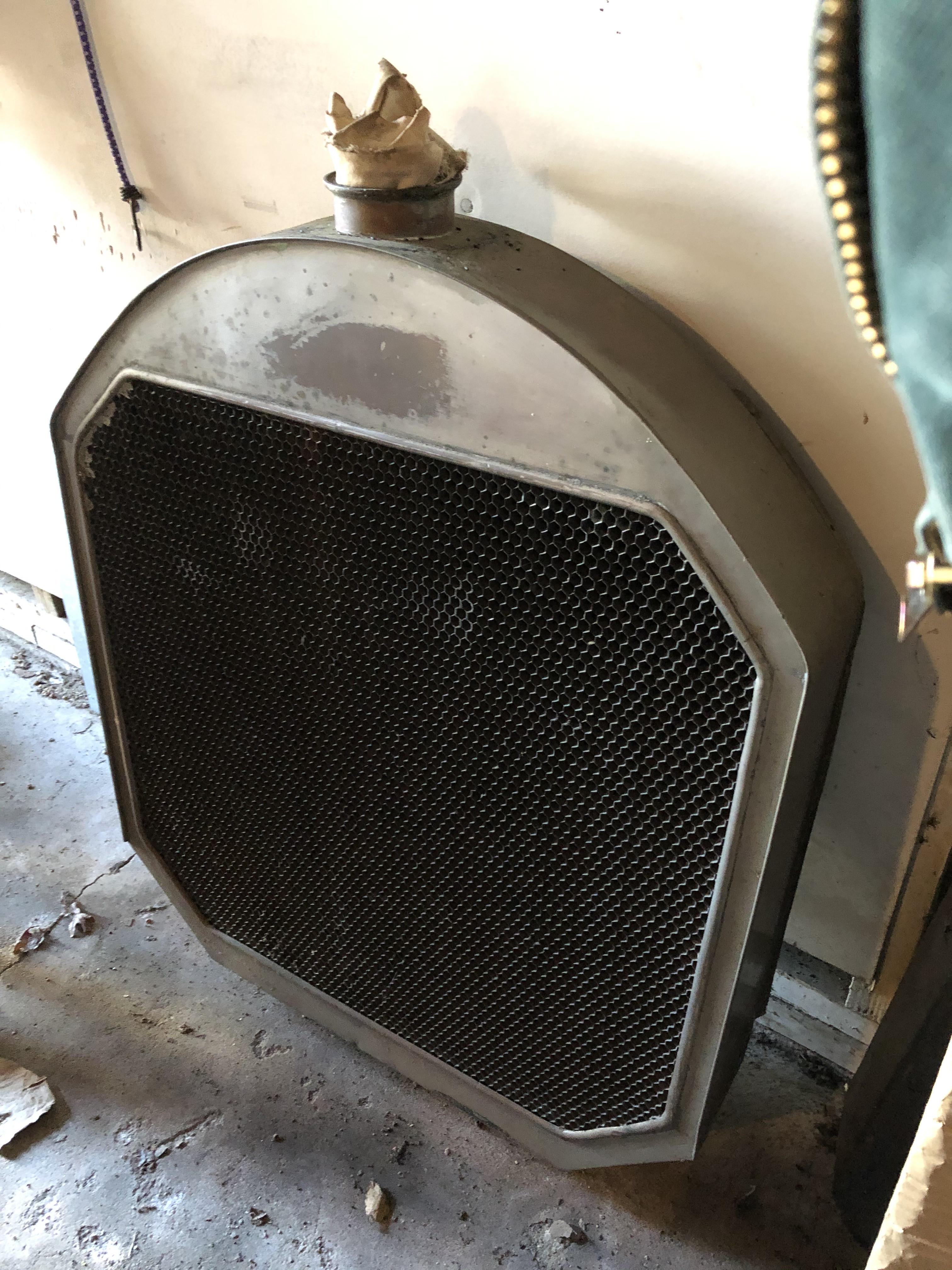
Walt Gosden: Photo of a Locomobile radiator from that era that I own (bought from Austin Clark about 45 years ago at one of his Iron Range Days - weighs about 80-90 lbs.
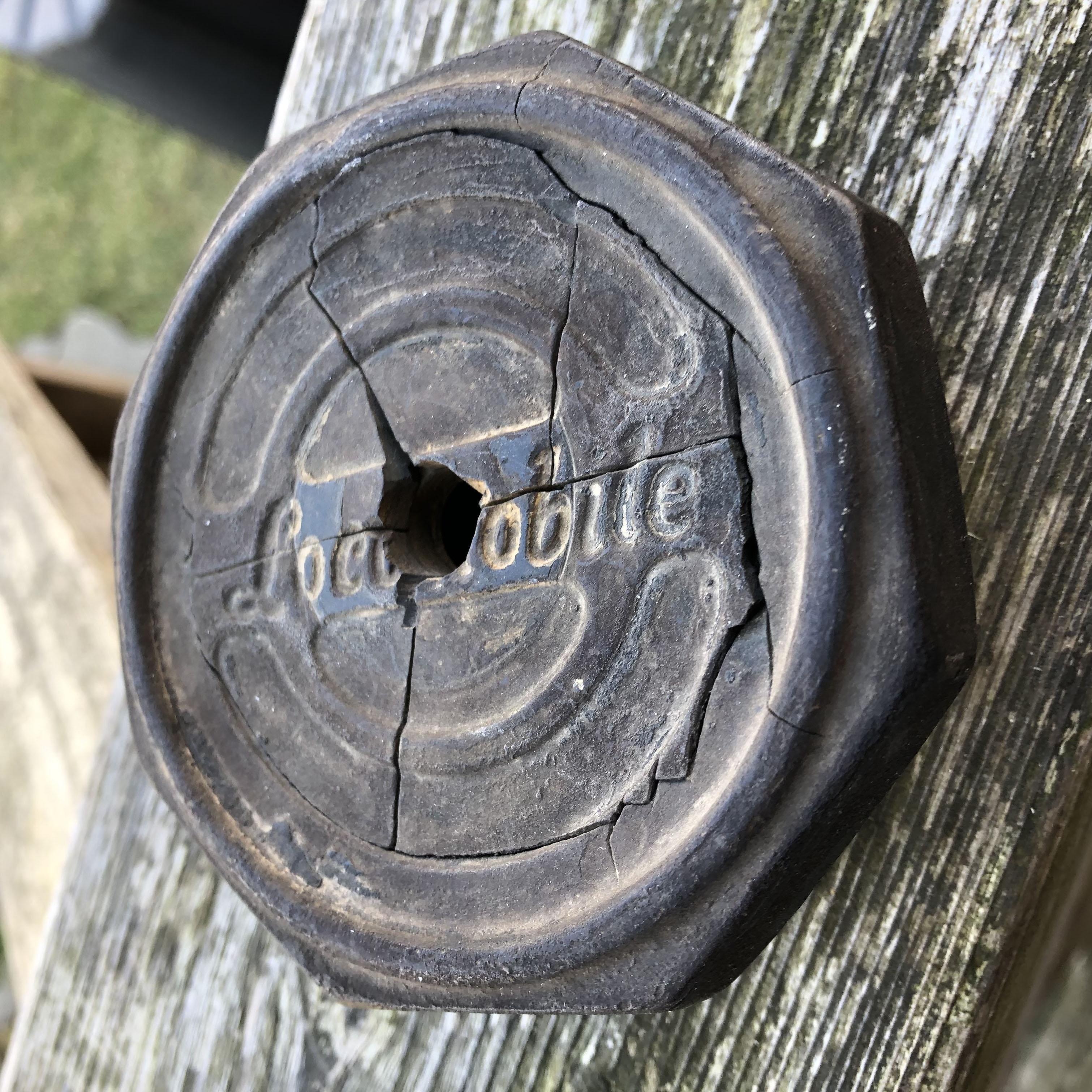
Walt Gosden: Photo of an unrestored Locomobile radiator cap ( for the radiator I have ) given to me by a friend in Ohio who owns a Locomobile of this era (bakelite black cap mounted to a metal threaded base , the hole in center drilled for a motometer (the motometer that was best known was made in Long Island City for decades and the owner of the factory business lived in Jericho, NY in what became the Main Maid Inn - Boyce was the brand name.








Comments
Never mind the poor chauffeur who was exposed to the elements! How better to accentuate the differences in the classes.
Great information, Thank You.
Very informative. Thank you Walt.
Walt,
Thank you for your article on the Locomobile. I was fascinated by the 6 fender design. I was unaware of that style.
Happy New Year!
Roger Price
Walt, In 1918 “Birdie” was Mrs. Vanderbilt Jr. Could the Locomobile belong to Willie’s mother ?
Al, that was what I was wondering about too. The Locomobile was by no means an inexpensive car , the body alone on the car shown here was in the $3,000 to S4,500 range. Just the body. I am sure that the Vanderbilt’s mentioned all ordered their cars from Hare’s Motors in NY City. That showroom album mentioned shows wonderful body styles, huge photos . Advantage was that all the major body designers and builders were not far away - the furthest were in Amesbury, Mass. but so many were here locally.
Walt
Thanks Walt! So interesting.
Al, Willie K’s mother Alva Vanderbilt Belmont married William K. Vanderbilt in 1875 and divorced him in 1895. One year later, Alva married Oliver (O.H.P.) Belmont, one of William K. Vanderbilt’s friends.
After Belmont died in 1908, Alva socially went by the name Mrs. O.H.P. Belmont. In various newspapers, she was also called Alva Vanderbilt Belmont.
https://www.nps.gov/vama/blogs/womens-history-month-spotlight-alva-vanderbilt-belmont.htm
Love the story about the Summer and Winter bodies on the Locomobiles, etc, and the refurbishing of each when Not in “Use”.
In regards to town cars, my dad had a Springfield RR P1 Riviera Town Car, which was in awful shape when he got it. It was supposed to be restored (long story), actually was in a shop at the time of Hurricane Agnes with the shop being flooded. Despite that, still a beautiful car. Our family sold it off years later and I’ve no clue where it ended up. But it supposedly was once owned by the founder of Time Magazine, though who ran it into the ground I don’t know. It was a 1929, aluminum head engine, one of the most elegant cars, IMHO, that Rolls Royce of America ever produced. But like any town car, it had that open front. I don’t remember if there was a ‘removable roof’ available for the front or whether it had windows.